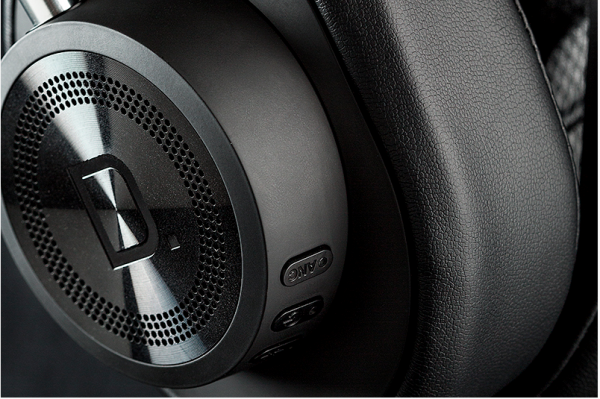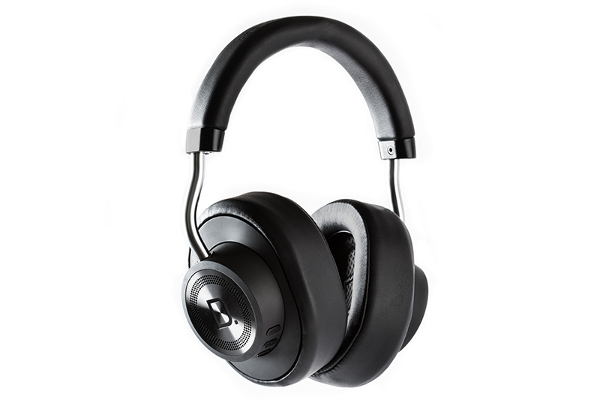Definitive Technology Symphony 1: In Search of the Perfect All-In-One Headphone

Speaking of ANC, the noise canceling capabilities of the Symphony 1 are about on par with most headphones in this price range, and while I wasn’t able to measure them before posting, they sound as though they cut noise similarly to the Parrot Zik 2.0, Sennheiser Momentum Wireless, and Samsung Level Over Wireless. All of these headphones cut a decent bit of the airplane-cabin-level “brown noise” frequencies, but still allow a good amount of pink noise through. All lack the efficiency in noise cancellation that the industry-leading Bose QC25 accomplish. In other words, if you are looking just for great ANC, the Bose are still the ones to beat. That said, the Symphony does a decent enough job of reducing some of the outside hum beyond just passive noise cancellation.

Next, I moved to Bluetooth. The Symphony 1 has six buttons on the right earcup: three on the front, that control the power, ANC, and BT; and three on the back, that control the volume, track change/call answer/play pause. Unfortunately, the buttons are on the smaller side, so the toggling experience is less intuitive than I would have liked. I often found myself second guessing whether I was about to press the correct button, (especially when toggling the ANC) and had to feel around or pull the headphones off to double check. Maybe with more practice, one could get better at finding their way around.
The Bluetooth connection didn’t really do the Symphony 1 any favors sonically. Over BT, the bass frequencies seemed very affected by the use of the ANC. When the ANC was on, the bass was far more present sounding, but retained that nebulous quality that appeared when using the analog cable. Off, the bass reduced in volume, but didn’t tighten up. While nobody who is an audio fan really expects Bluetooth to sound as good as direct connections, I was still somewhat disappointed that the Symphony 1 didn’t fare better over the AptX connection. Although the sound quality on the Symphony 1 is by no means poor, I can’t help but compare them to the Sennheiser Momentum Wireless. The Sennheiser is more intentionally colored in their EQ (although one could argue pleasantly so); however, the Momentum Wireless also have a tighter, cleaner overall sound when in BT mode when compared to the Symphony. Bear in mind, however, that the Sennheiser retails for $100 more than the Symphony. While I personally don’t believe that the boost in BT audio reproduction quality is worth an extra $100, when one is already dropping $400, is a hundred bucks more really that unreasonable if you plan to use Bluetooth as your primary listening method? That’s a matter of personal preference. Despite the quibbles with the bass quality, so far, I was pretty impressed. My smile faded, however, when I powered the Symphony 1 off and went into fully passive mode. Suddenly, the highs became uneven, the blobby quality of the lows became even more pronounced, although the bass volume itself was reduced. In addition, there seemed to be a sonic donut hole that formed somewhere in the mids. This is a huge bummer, as at $400, there are many corded headphones that can produce high quality audio in passive mode. And with a claimed 8-15 hour usable battery life, I could see myself forgetting to recharge and being subjected to my least favorite Symphony 1 experience more than I’d like. Overall, the Definitive Technology Symphony 1 does a few things really well, most things pretty well, and one thing not-so well. If they cost $299, I might give their flaws a free pass. But at just shy of $400, I hold them to a higher standard, especially when I know what kind of sound those 50mm drivers can deliver when properly powered. If you plan to listen at work through the USB most of the day, over BT on the way home, and on the rare business flight, you’ll probably be very happy with the Symphony 1. But for those of us looking for the absolutely perfect all-in-one headphone, the search continues. The Definitive Technology Symphony 1 retails for $399 and is available on definitivetech.com.





























































